What do our Netflix, Slack, Uber and Dropbox accounts have in common? The cloud — a way to stream shows, send messages, reserve rides, share photos and more anytime from any internet-enabled device.
We often talk about the cloud like it’s a place, but it’s actually an operating model, not a destination. It’s how organizations deliver automated, programmable and on-demand access to IT infrastructure and resources at optimal speed with minimal friction.
And there’s more than one type of cloud model: public, private, hybrid and multi-cloud. This is where it can get confusing.
Cloud Models Explained
Some of the key differences between cloud models are like the different ways people stream digital movies and television shows. Some are “rented,” and some are owned. In some streaming platforms, users seamlessly switch between rentals and purchases. And as technologies make it easier to do so, more people are flipping between streaming apps to consume content in a variety of ways from a variety of providers.
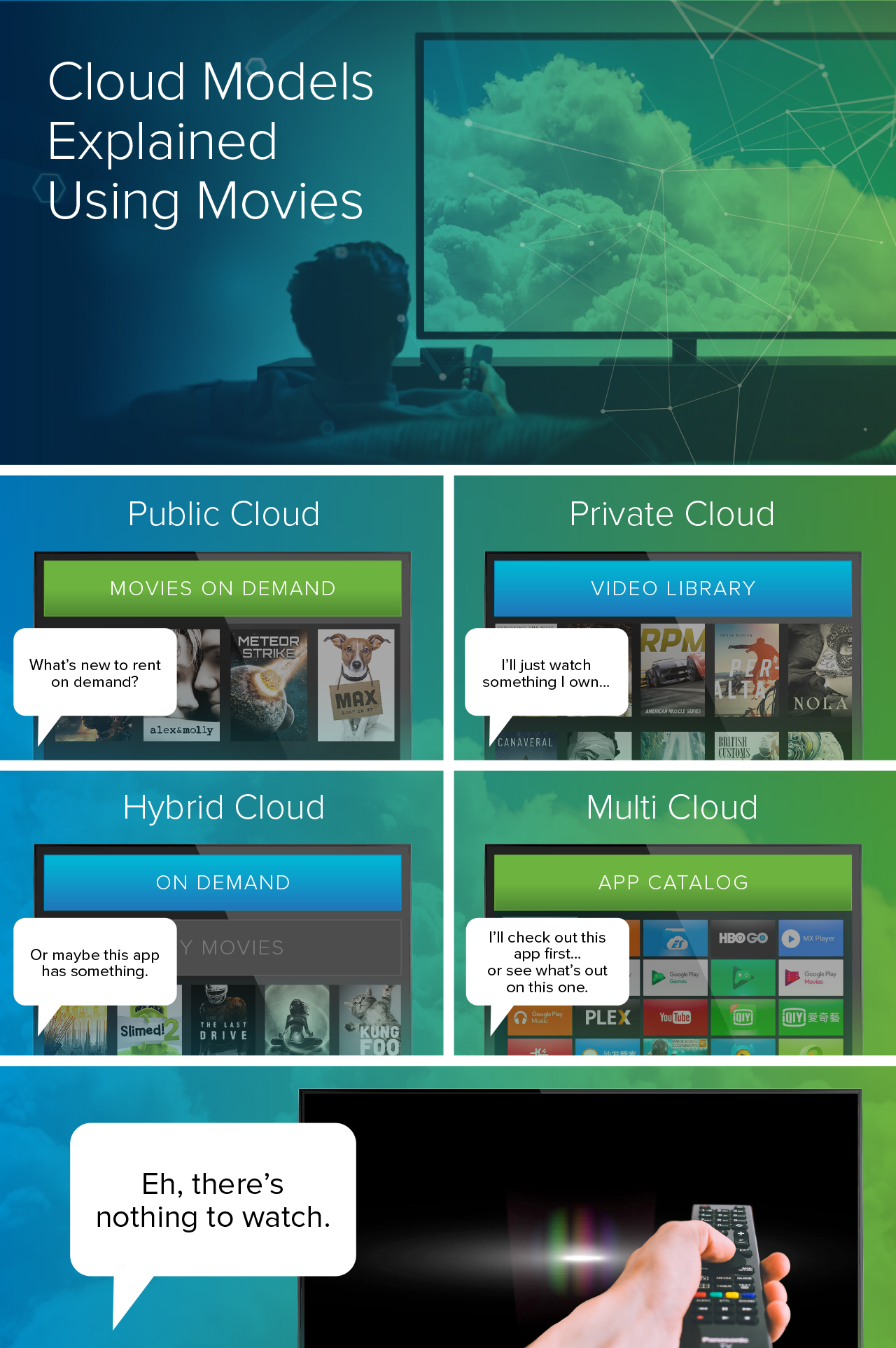
This analogy doesn’t explain every distinction, like pricing, security and operations, but it does sum up some of the key benefits and differences in consumption. Keep reading for fuller definitions of each cloud model.
What Is Public Cloud?
Public Cloud = Shared, On-Demand Infrastructure and Resources + Third-Party Provider
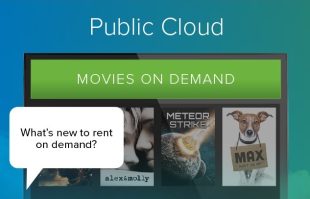
Let’s start with the public cloud and how it all started. In this model, a third party (like Alibaba, Amazon, Google and Microsoft) builds and manages the infrastructure that makes cloud computing possible.
Companies that don’t want to be in the businesses of managing data centers can access these shared computing resources and infrastructure on demand, either via the public internet or sometimes via private connections created by the company. They can quickly adjust how much they need and pay as they go only for what they use.
Providers like AWS and Microsoft Azure make it easy for IT operations teams to spin up new resources as fast as their businesses require. A few clicks of a mouse and a new service comes online.
Phillip Gervasi, VMware Radius Contributor
What Is Private Cloud?
Private Cloud = Dedicated, On-Demand Infrastructure and Resources + Owned Data Center
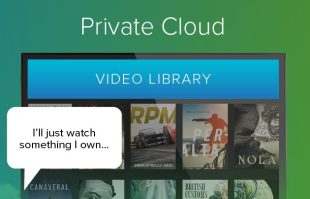
On the other hand, the private cloud is where businesses operate their own infrastructure for cloud computing. People usually access these computing resources on demand over a private network connection set up by their company.
Unlike the public cloud, it’s not shared with other organizations (unless its owner chooses to share). Often businesses require a private cloud to tightly control, secure and run their resources and infrastructure.
However, because this is a cloud “model,” a private cloud infrastructure can still be shared. For example, a massive company with many different divisions could build and operate a private cloud themselves and provide each division with their own, separate set of cloud resources on the same shared infrastructure.
What we’re able to now do is become more adaptable to changing business needs. In the past we couldn’t respond to performance issues. We couldn’t rapidly spin up new environments for testing. We couldn’t effectively help manage projects. In the cloud, we ensure performance is always at its peak, and it takes a lot less resources from my team.
Lisa Jericho, Vice President of IT, Feeding America
What Is Hybrid Cloud?
Hybrid Cloud = Public Cloud + Private Cloud + Consistent Infrastructure and Operations
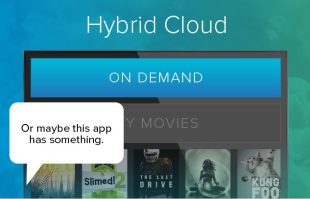
In a hybrid cloud model, organizations use a combination of public and private cloud resources. The value in hybrid cloud comes from consistent underlying infrastructure and consistent operations.
Companies spend billions on building their IT infrastructure, tools, talent and apps over many years (often decades). Public cloud, in many cases, means not just adopting a new model, but also refactoring applications and retraining staff. The consistency of hybrid cloud means they can keep using these investments and take advantage of the automated, programmable, on-demand public cloud model.
One of the main benefits is around elastic scale and the ability to roll out quickly and consistently across that platform. We’ve got hundreds of applications to move, and if we were to take every single application on a single path journey, we would be at this forever more. It’s all about speed to market.
SARAH LUCAS, HEAD OF PLATFORMS AND INFRASTRUCTURE, WILLIAM HILL
What Is Multi-Cloud Computing?
Multi-Cloud = Any Combination of Native Public Clouds and Private Clouds
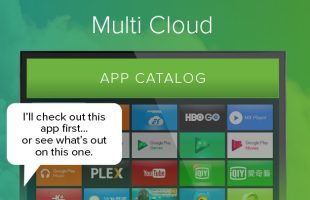
Some companies can’t use a single public cloud. Their developers may like Google Cloud, while IT operates in Azure both on-premise and in the cloud. Meanwhile, a startup they just acquired runs their killer app in Amazon Web Services (AWS).
This is the multi-cloud model. It’s the ultimate in flexibility to choose the cloud that best fits the application or business need. It’s no wonder organizations overwhelming go the multi-cloud route, often with the inclusion of hybrid cloud.
Meanwhile, other technology providers offer, in a sense, a universal remote to run, manage, connect and protect any app on any cloud. These connective products and services enable companies to embrace multi-cloud computing — any cloud, any way, anywhere — with consistent infrastructure and consistent operations.
Verizon’s apps span across multiple public clouds in multiple regions, helping IT expand resources when, for example, customers flock to the latest smartphone.
3 Kubernetes Secrets from Early Adopters, VMware Radius

